Recently I went to a music festival.
Not usually noteworthy, but it was a COVID-real moment; possibly one of the first large events outside footy to be held since…you know.
Because around this time 12 months ago COVID19 became real.
Many of us moved to working from home (if we weren’t already).
I ordered a desk and a chair for my “home office” (ironically both arrived around six months later because…COVID).
I took what I could (legitimately) from the work office including my plants, because though we joked that we might not be, I was still assuming I’d be back.
First lockdown was looming, though we didn’t know that then (did we?)
With the first taste of what would soon enough become familiar government restrictions, it meant in the organisation I was then working for, community services and facilities were being closed temporarily.
I introduced an internal communications function, scooping up additional staff whose roles were impacted, and started running team Zoom meetings with upwards of 18 staff at times. One day, I counted the Zoom squares. Each day, I looked at their faces, wondering how they were really going.
The first time on the lockdown merry go round, it was a kind of adventure for the first few weeks. Because, it would be over soon wouldn’t it?
In between Lockdown 1.0 and Lockdown 2.0 when life lifted for a moment, I got my hair done, tentatively saw a few of my friends, had a covid test and cried when I saw my parents, encouraged my team to get out while they could.
As a communicator dealing personally with the impact of COVID19 as well as professionally, I swung between anger, confusion and relief, always grateful for an awesome team committed to looking after each other as well as communicating any way we could to the community.
COVID19-life is still with us, though undeniably Australia is well positioned in comparison to anywhere else in the world.
This weekend, almost 12 months after ‘it all kicked off’, the overwhelming message at the music festival was centred around the excitement and gratitude of the bands and DJs who hadn’t played in front of a crowd for more than 12 months.
Regulations were in place, as were DHHS officers checking how social distancing was being managed.
The final music act had to pause to plead with excited and drunk revellers to take two steps back before they could resume because, well, humans.
Killed the buzz a bit. How very COVID. But the fact it was even possible in the first place was a moment not to miss.
So many moments, we now don’t want to miss.

